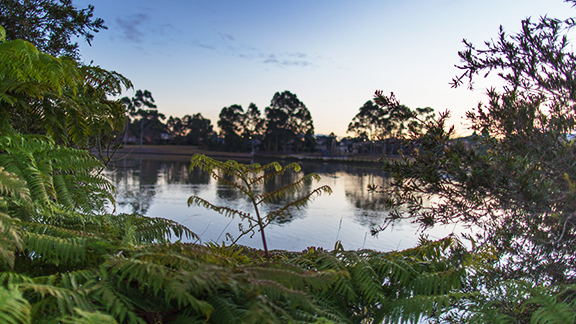What is bush regeneration?
Bush regeneration is the rehabilitation of bushland, natural areas such as creeklines or even tracks of land degraded by human activities, to its natural state. Bush regeneration may also be necessary to control weed invasion and protect native plant communities.
The Bradley Sisters pioneered bush regeneration in New South Wales in 1971. The sisters understood the importance of protecting natural areas from invasion of weed species by removing weeds and allowing for the natural re-growth of native species in the area.
Bush regeneration involves the systematic removal of weeds to allow native plants to naturally establish themselves, when and where they choose, without the need for new planting.
For more information, visit Australian Association of Bush Regenerators (AABR)
Important points
In the Liverpool local government area, it is preferred to plant species that are commonly found (local provenance) within the Cumberland Plain or Coastal River Flat Forest vegetation communities, as these are the two vegetation types that naturally occur in the Liverpool area. Local species are those that are native to the area and occur within 15km of your planting site.
Three points to remember when carrying out a rehabilitation project are to:
- Retain - remnant native vegetation still surviving in the area
- Regenerate - where there is any potential for natural regeneration, using the native seed stored in the ground
- Replant - only where there is no regeneration potential, such as highly disturbed sites.
Why manage bushland?
Bushland management is necessary for the following reasons:
- To maintain biodiversity
- For educational purposes
- For scientific purposes
- To conserve Aboriginal heritage
- To conserve European heritage
- To protect and maintain fauna habitat
- For aesthetics
- To control erosion
- To maintain and increase the genetic pool
- For improved passive recreation e.g. birdwatching, fishing, bushwalking, jogging.


